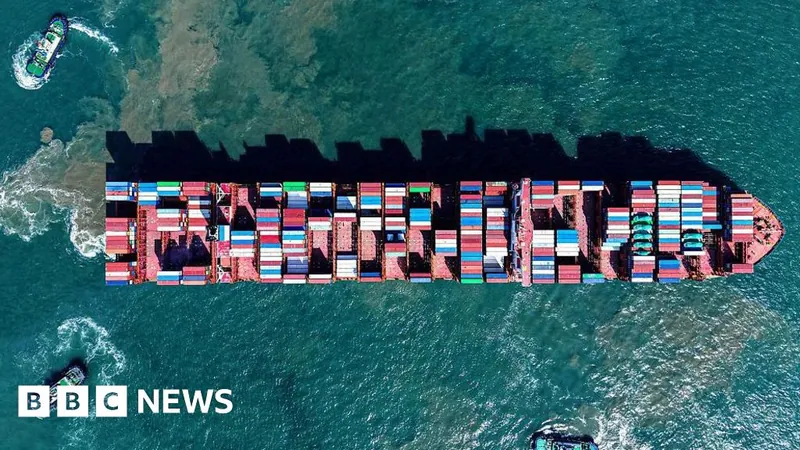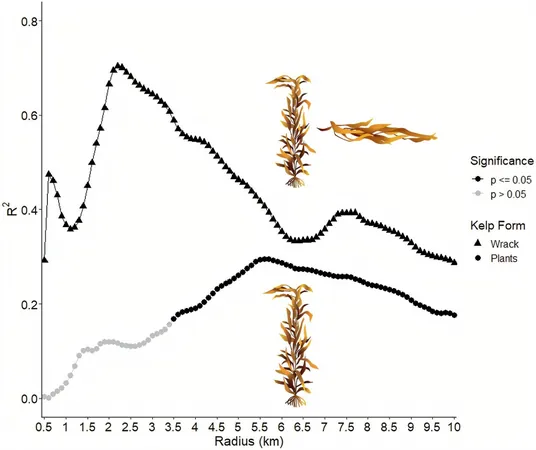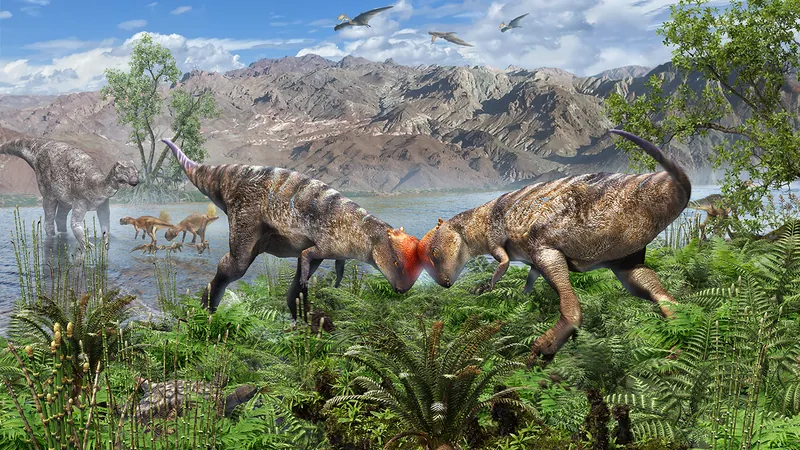
Ancient Climate Insights Reveal Alarming Trends for Future Warming
2025-09-15
Author: Liam
Unveiling the Impacts of Rising CO2
As carbon dioxide (CO2) levels soar, they trigger a rise in Earth's atmospheric temperatures. Yet, due to complex feedback mechanisms—like heat retention in the oceans and shifts in the carbon cycle—the consequences of these temperature changes aren’t instant. It can take decades or even thousands of years for Earth's climate to stabilize.
The Puzzle of Climate Models
Different climate models provide wildly varying predictions about when equilibrium will be achieved. A notable factor behind these discrepancies is the 'pattern effect,' where uneven sea surface temperature changes generate unique ocean warming patterns. These patterns influence atmospheric circulation, cloud cover, and heat transfer, ultimately shaping how sensitive the climate is to greenhouse gas emissions.
Looking Back to Predict the Future
To understand how future warming might unfold, researchers are turning to the Earth's past. By analyzing extensive paleoclimate data from warmer epochs, scientists can identify patterns that hint at what lies ahead under rising CO2 levels. A recent study led by Zhang and colleagues scrutinized a staggering 10 million years of sea surface temperature records to gauge warming across different ocean regions.
A Deep Dive Into the Western Pacific Warm Pool
The study centered around the Western Pacific Warm Pool—the largest and warmest body of surface water on the planet. Researchers compared its temperature data with 17 other sites to identify a global warming pattern. Remarkably, they found that historical climate data aligned closely with models predicting warming in scenarios of a sudden quadrupling of CO2 compared to preindustrial numbers.
The Discrepancy in Warming Patterns
While both paleoclimate records and model simulations exhibited similar long-term warming trends, particularly at higher latitudes, disparities appeared when juxtaposing these findings with 160 years of modern sea surface temperature observations. Today's climate is still in a transient phase—significantly impacted by the oceans' heat absorption—whereas the paleoclimate patterns reflect a complete equilibrium response.
A Long, Warming Road Ahead
The research underscores a critical point: achieving a new climate equilibrium may take thousands of years. Compared to the contemporary transient warming, projections suggest future warming will intensify at middle and high latitudes—including the North Pacific, North Atlantic, and Southern Oceans—outpacing previous estimates. This high-latitude warming appears more pronounced over millennia than over mere centuries.









 Brasil (PT)
Brasil (PT)
 Canada (EN)
Canada (EN)
 Chile (ES)
Chile (ES)
 Česko (CS)
Česko (CS)
 대한민국 (KO)
대한민국 (KO)
 España (ES)
España (ES)
 France (FR)
France (FR)
 Hong Kong (EN)
Hong Kong (EN)
 Italia (IT)
Italia (IT)
 日本 (JA)
日本 (JA)
 Magyarország (HU)
Magyarország (HU)
 Norge (NO)
Norge (NO)
 Polska (PL)
Polska (PL)
 Schweiz (DE)
Schweiz (DE)
 Singapore (EN)
Singapore (EN)
 Sverige (SV)
Sverige (SV)
 Suomi (FI)
Suomi (FI)
 Türkiye (TR)
Türkiye (TR)
 الإمارات العربية المتحدة (AR)
الإمارات العربية المتحدة (AR)